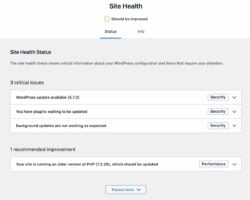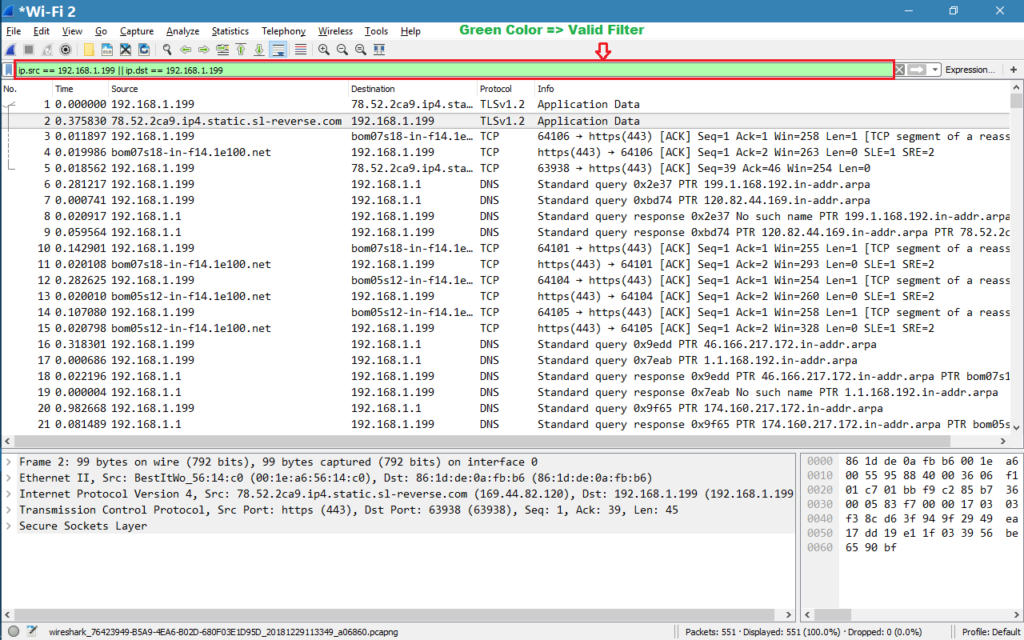

The "slice" feature is also useful to filter on the vendor identifier part (OUI) of the MAC address, see the Ethernet page for details. (Useful for matching homegrown packet protocols.) udp=81:60:03 Note that the values for the byte sequence implicitly are in hexadecimal only. Match packets containing the (arbitrary) 3-byte sequence 0x81, 0圆0, 0x03 at the beginning of the UDP payload, skipping the 8-byte UDP header. Sasser worm: –What sasser really did– ls_ads.opnum=0x09 TCP buffer full – Source is instructing Destination to stop sending data tcp.window_size = 0 & != 1įilter on Windows – Filter out noise, while watching Windows Client - DC exchanges smb || nbns || dcerpc || nbss || dns Show only traffic in the LAN (.x), between workstations and servers – no Internet: ip.src=192.168.0.0/16 and ip.dst=192.168.0.0/16 Show only SMTP (port 25) and ICMP traffic: tcp.port eq 25 or icmp See also CaptureFilters: Capture filter is not a display filter. The value 22 (0x16 in hexadecimal) has been defined as being “Handshake” content.Īs a consequence, tcp & 0xf0) > 2)] = 0x16 captures every packet having the first byte after the TCP header set to 0x16.Capture filters (like tcp port 80) are not to be confused with display filters (like tcp.port = 80). The first byte of a TLS packet define the content type.


The offset, once multiplied by 4 gives the byte count of the TCP header, meaning ((tcp & 0xf0) > 2) provides the size of the TCP header. Tcp means capturing the 13th byte of the tcp packet, corresponding to first half being the offset, second half being reserved. Tcp & 0xf0) > 2)] = 0x16: a bit more tricky, let’s detail this below Tcp port 443: I suppose this is the port your server is listening on, change it if you need Tcpdump -ni eth0 “tcp port 443 and (tcp & 0xf0) > 2)] = 0x16)”Įth0: is my network interface, change it if you need


 0 kommentar(er)
0 kommentar(er)
